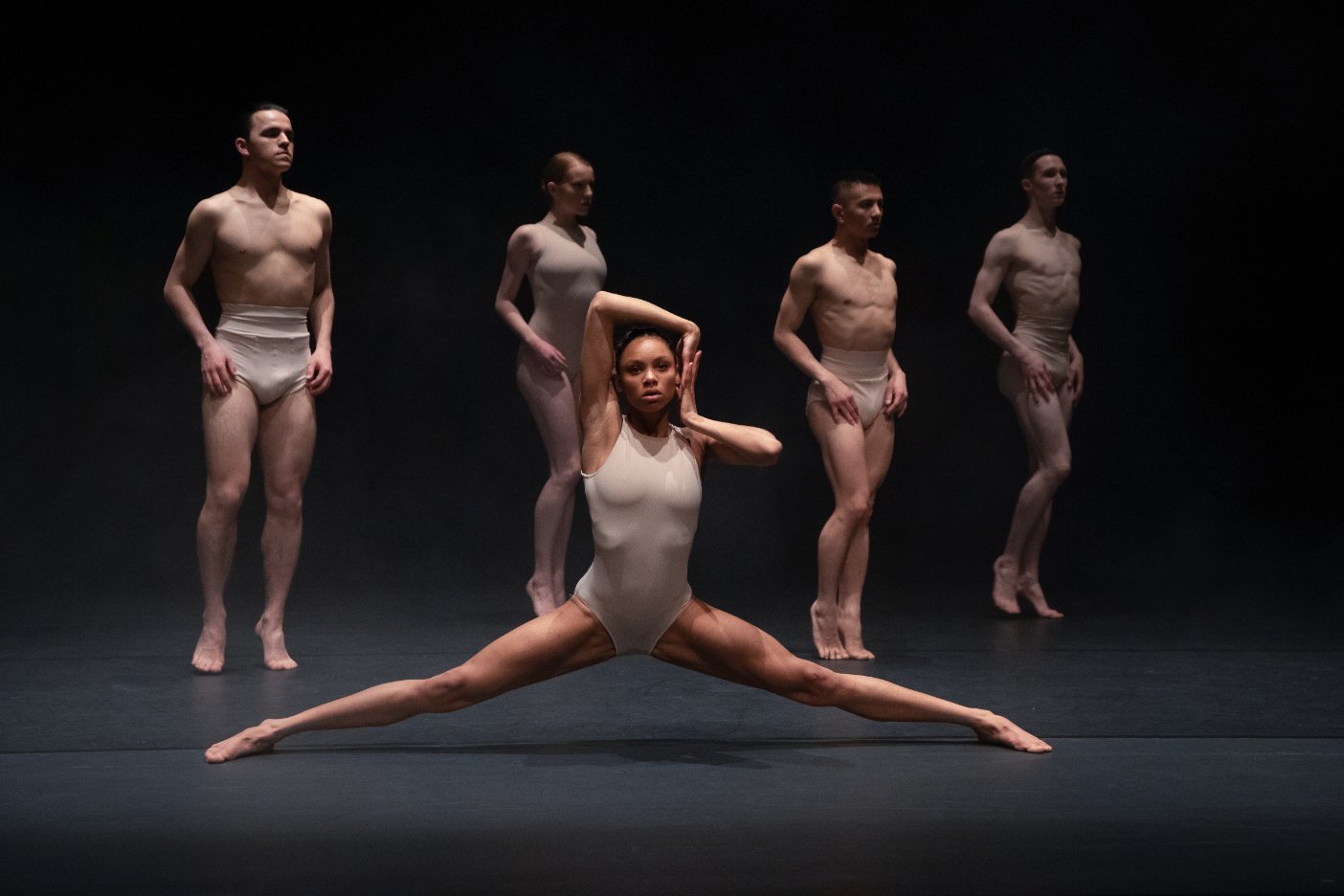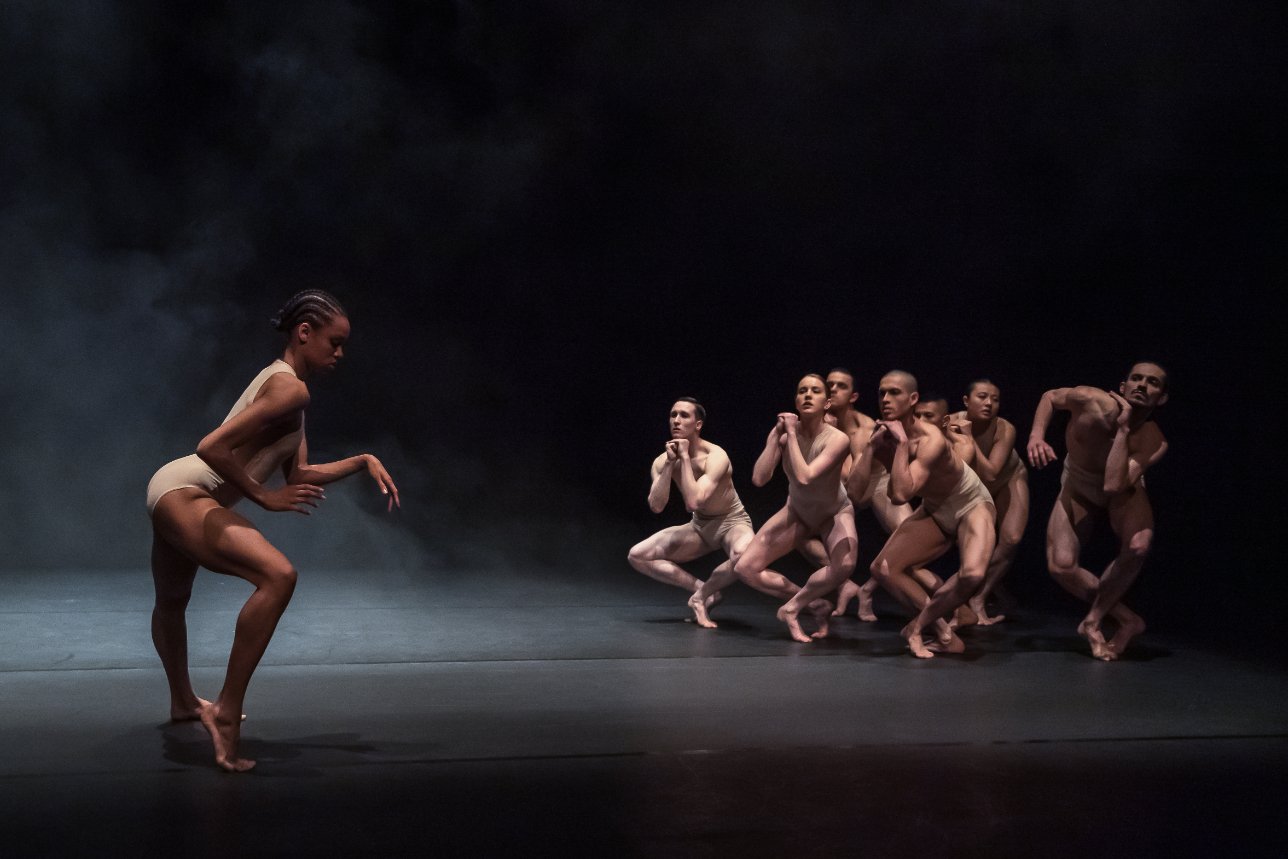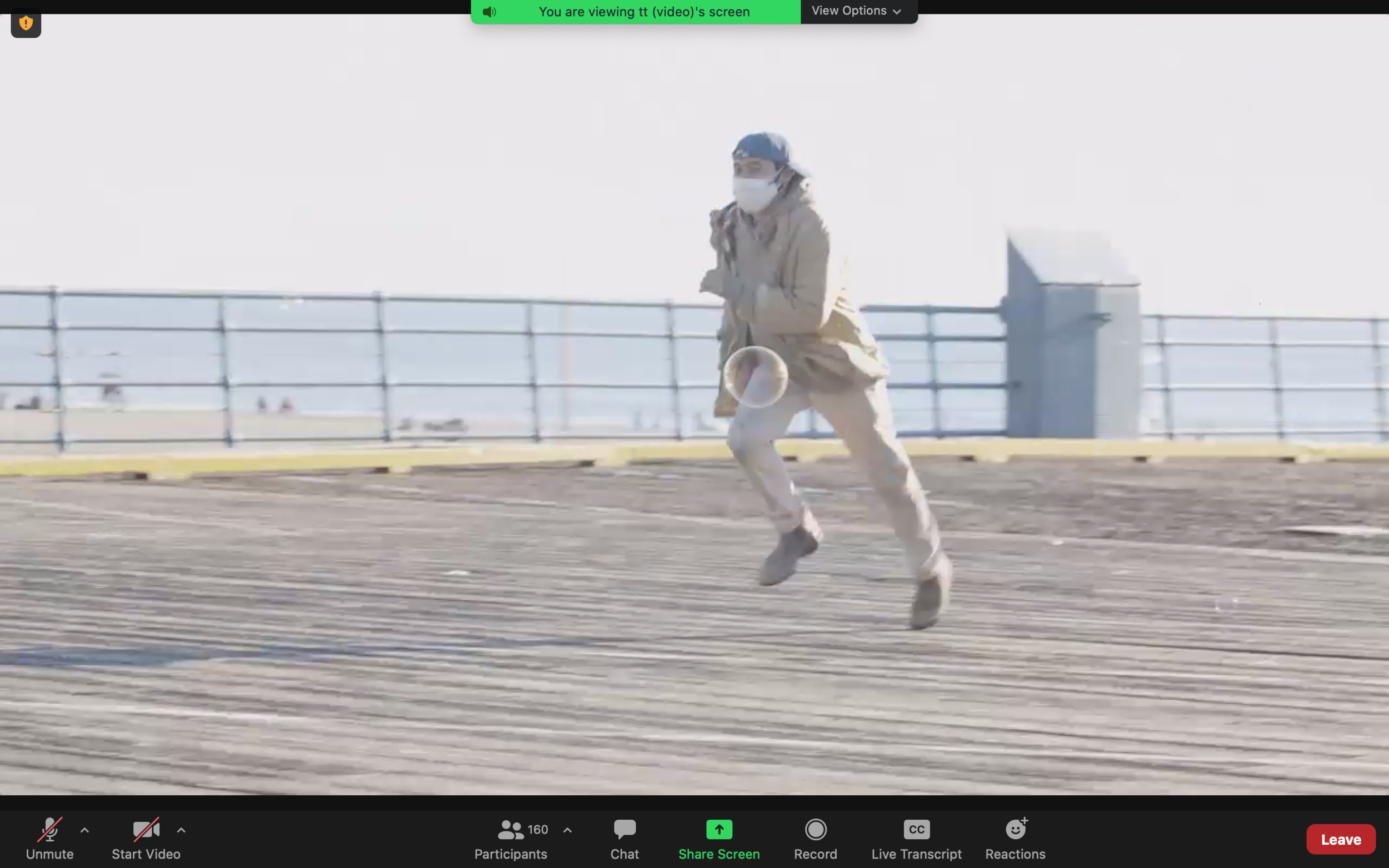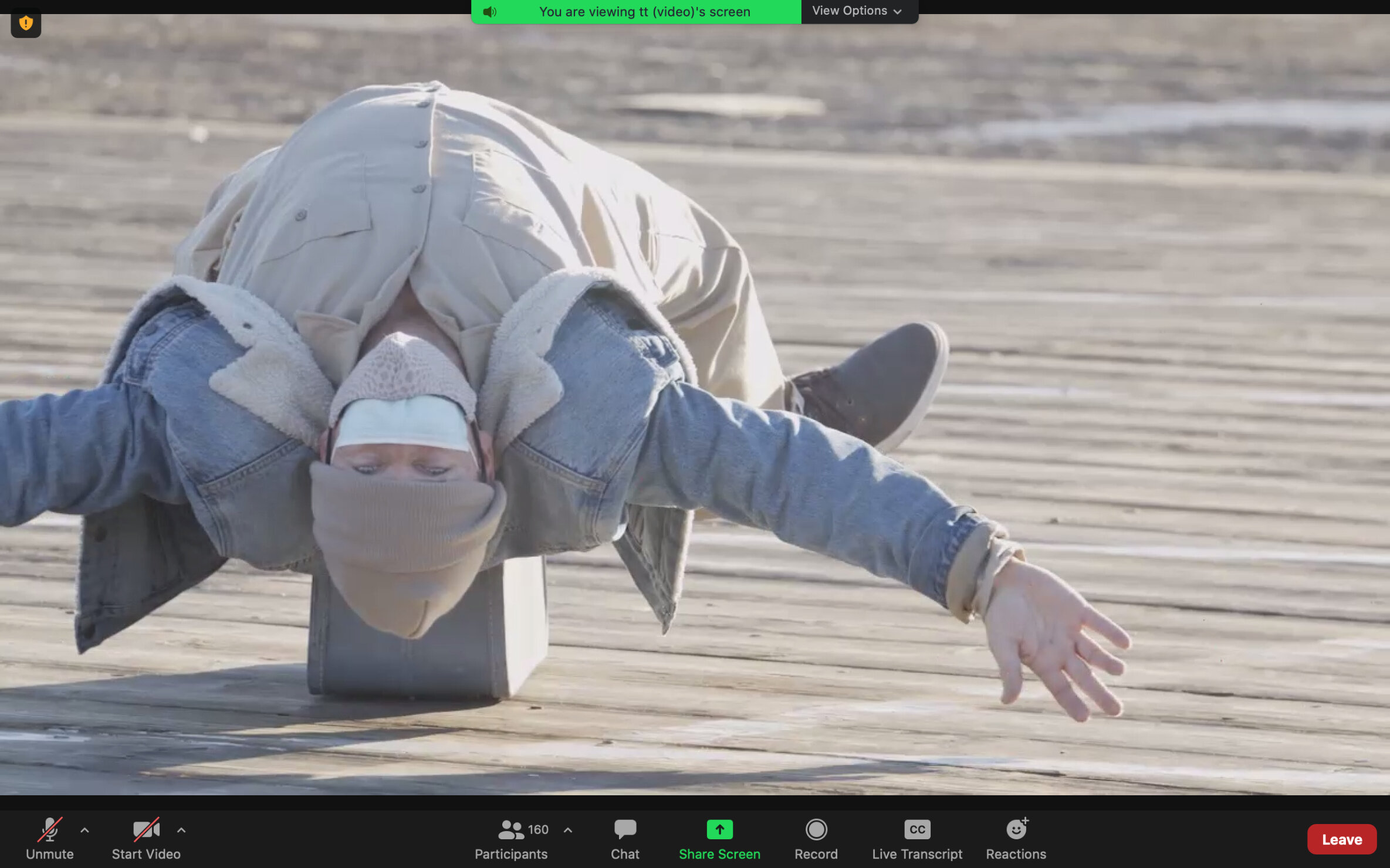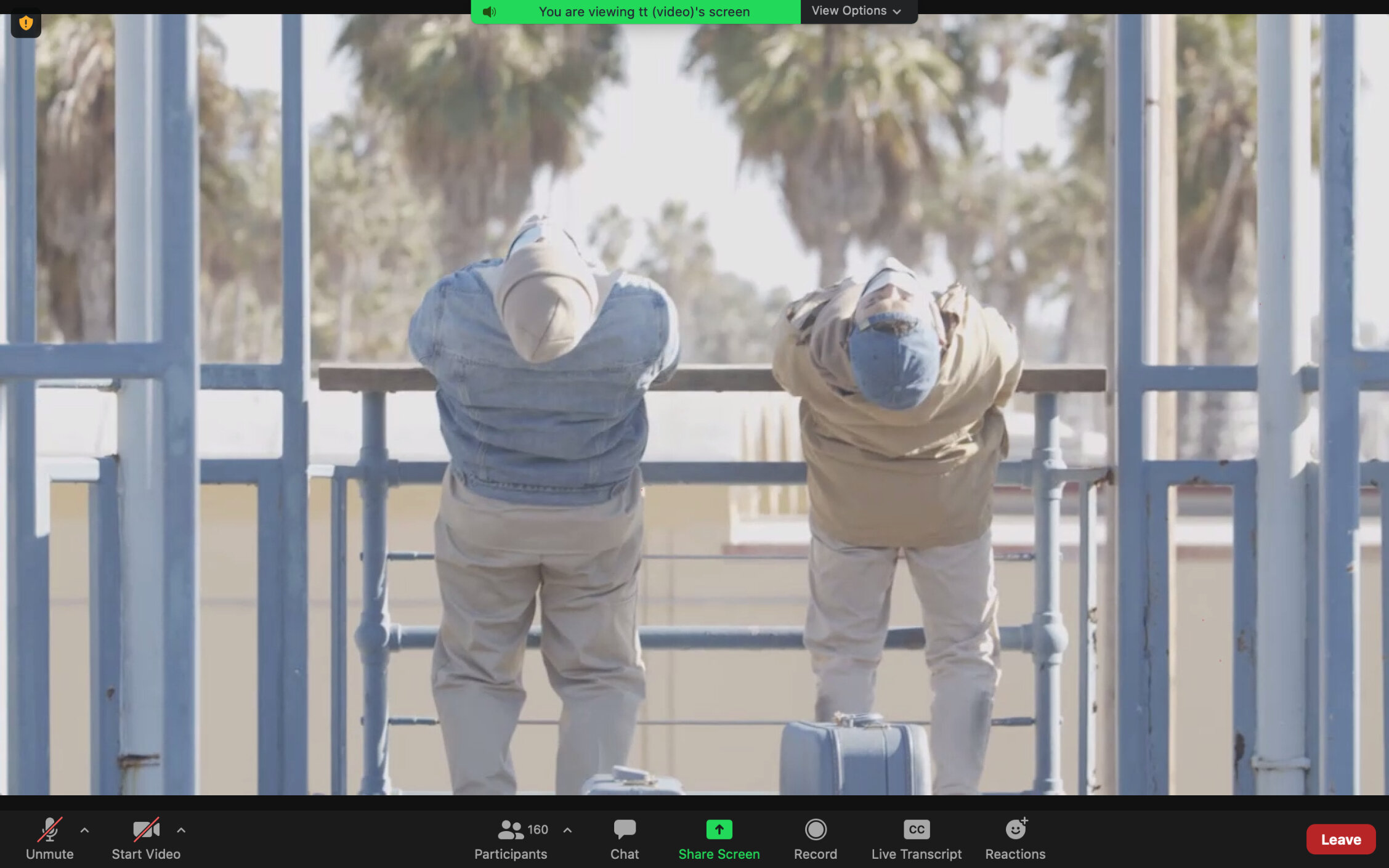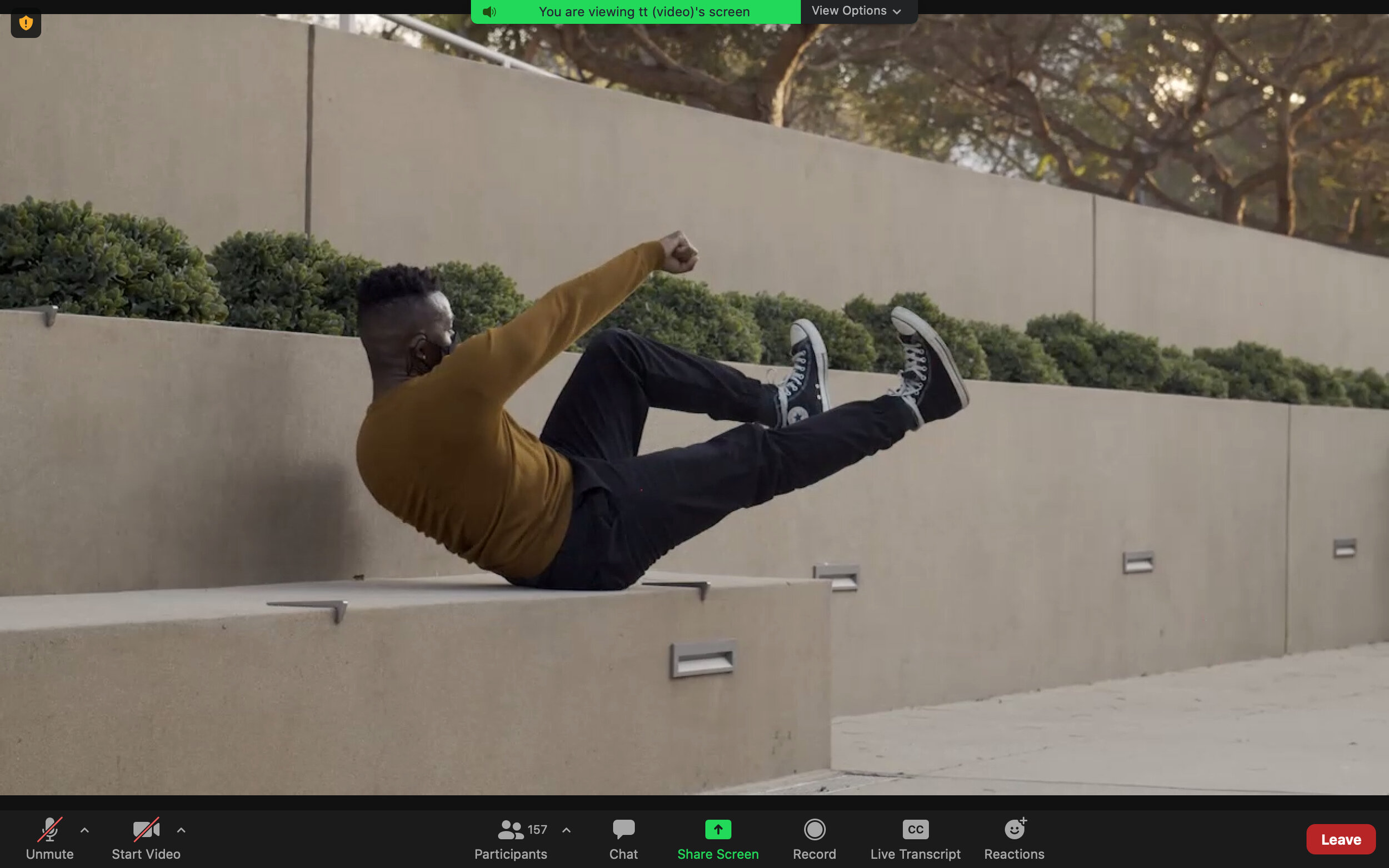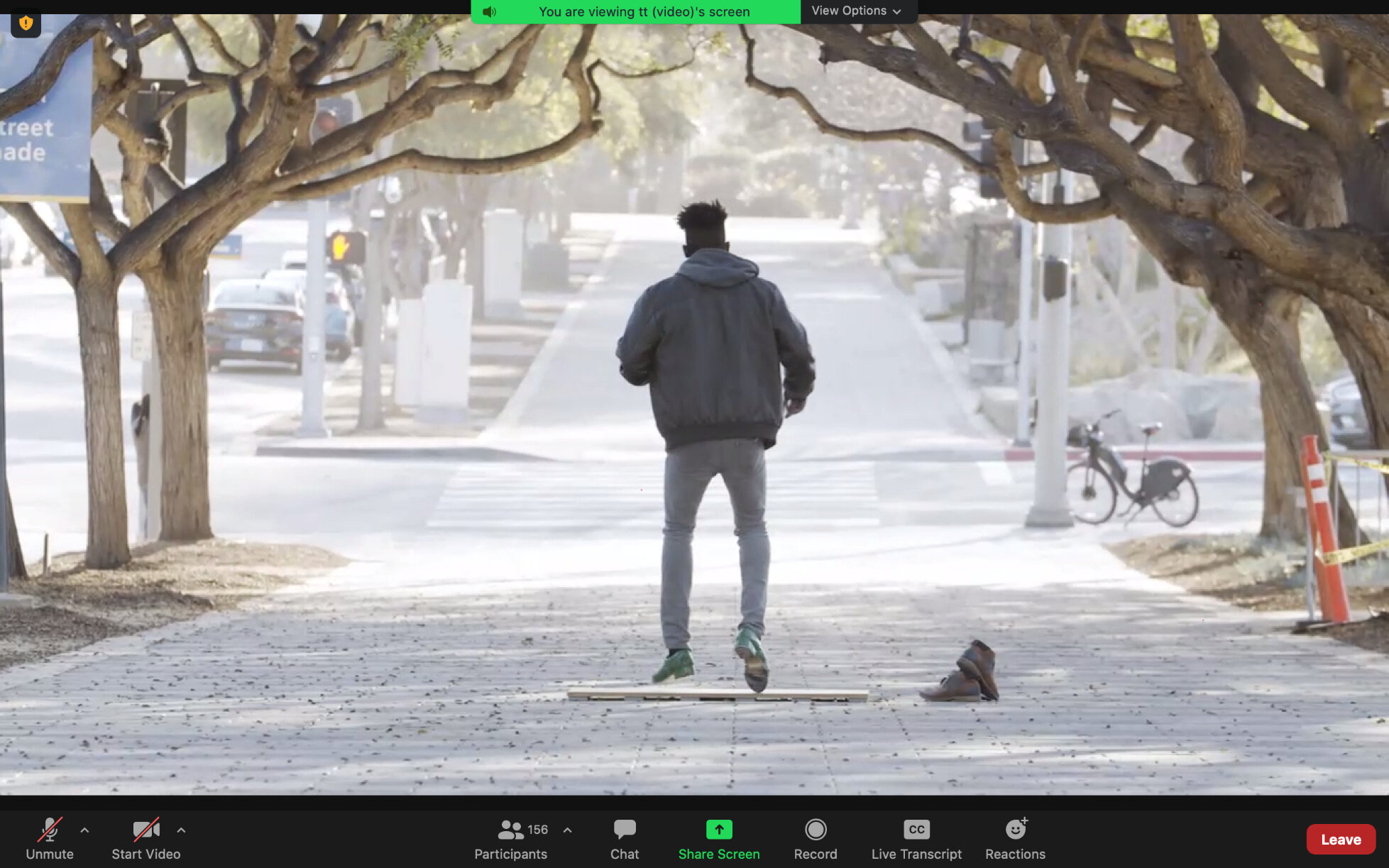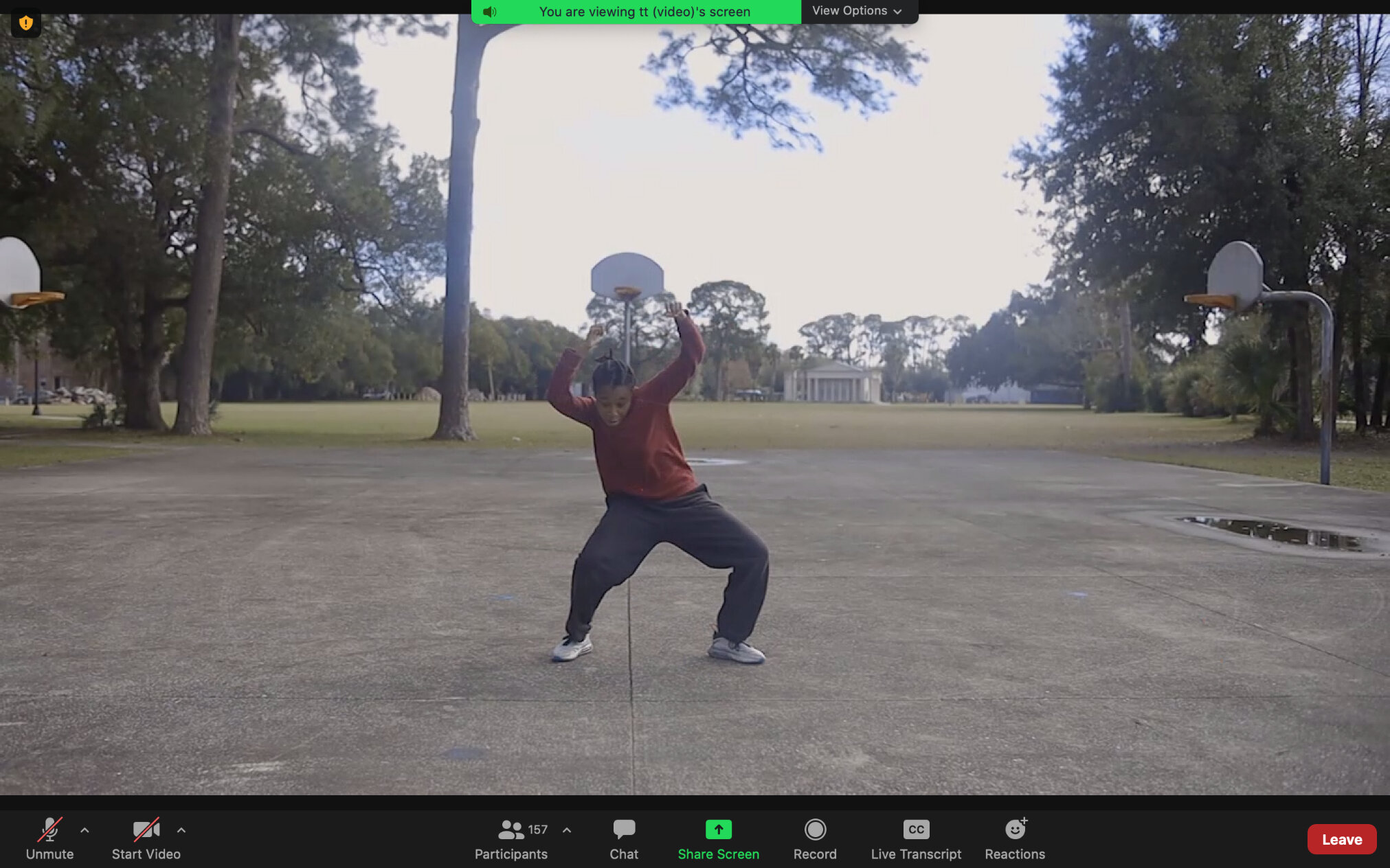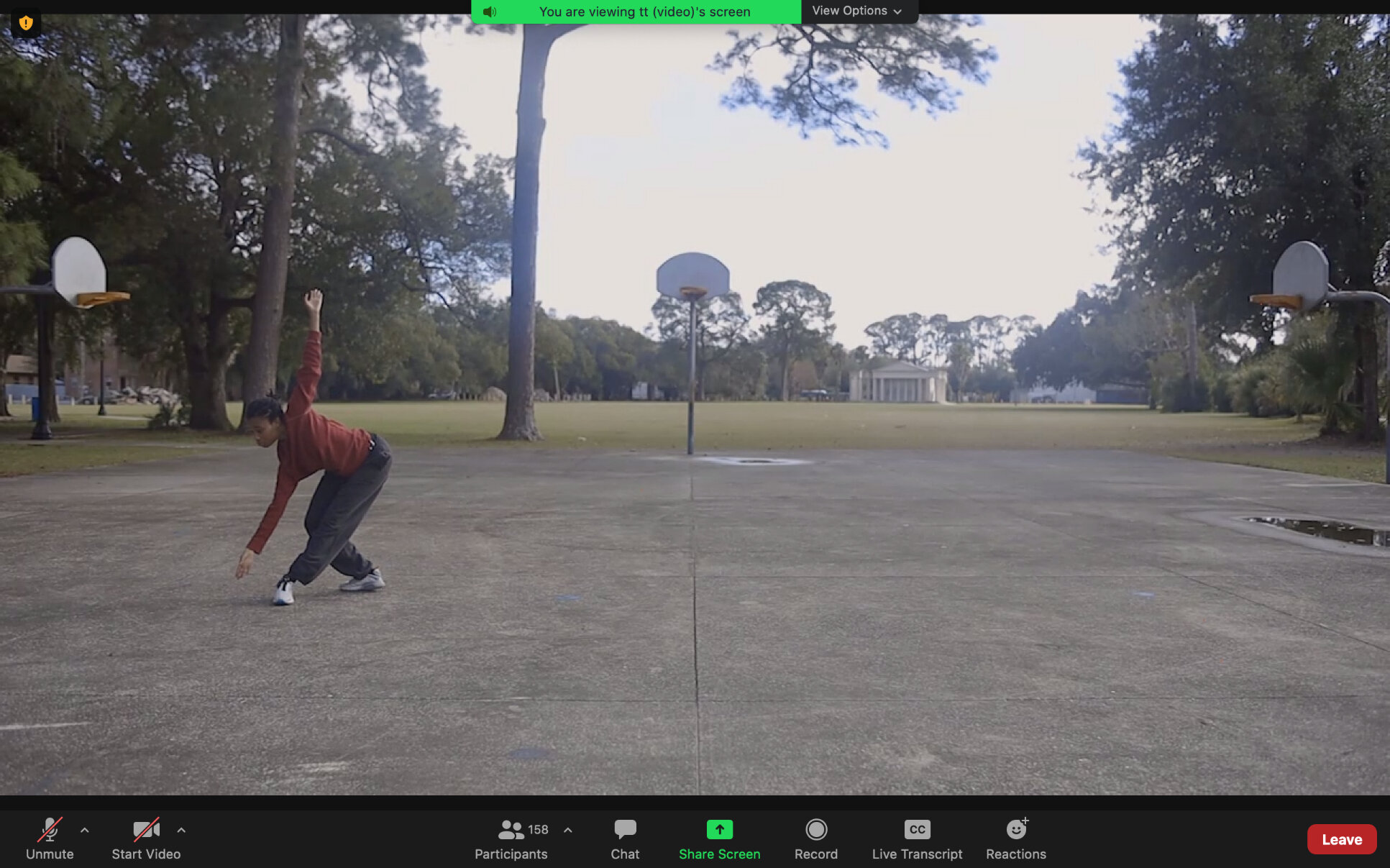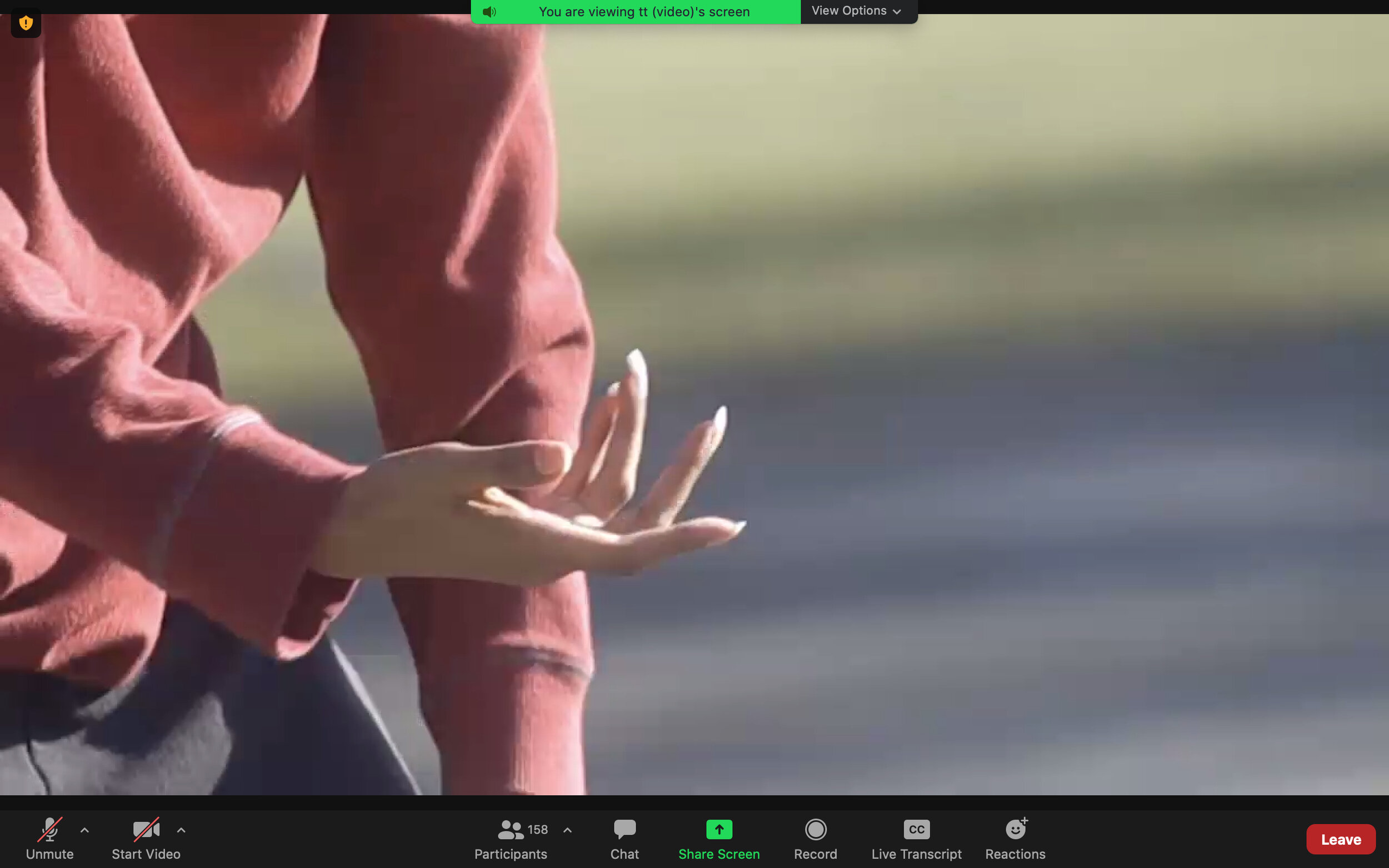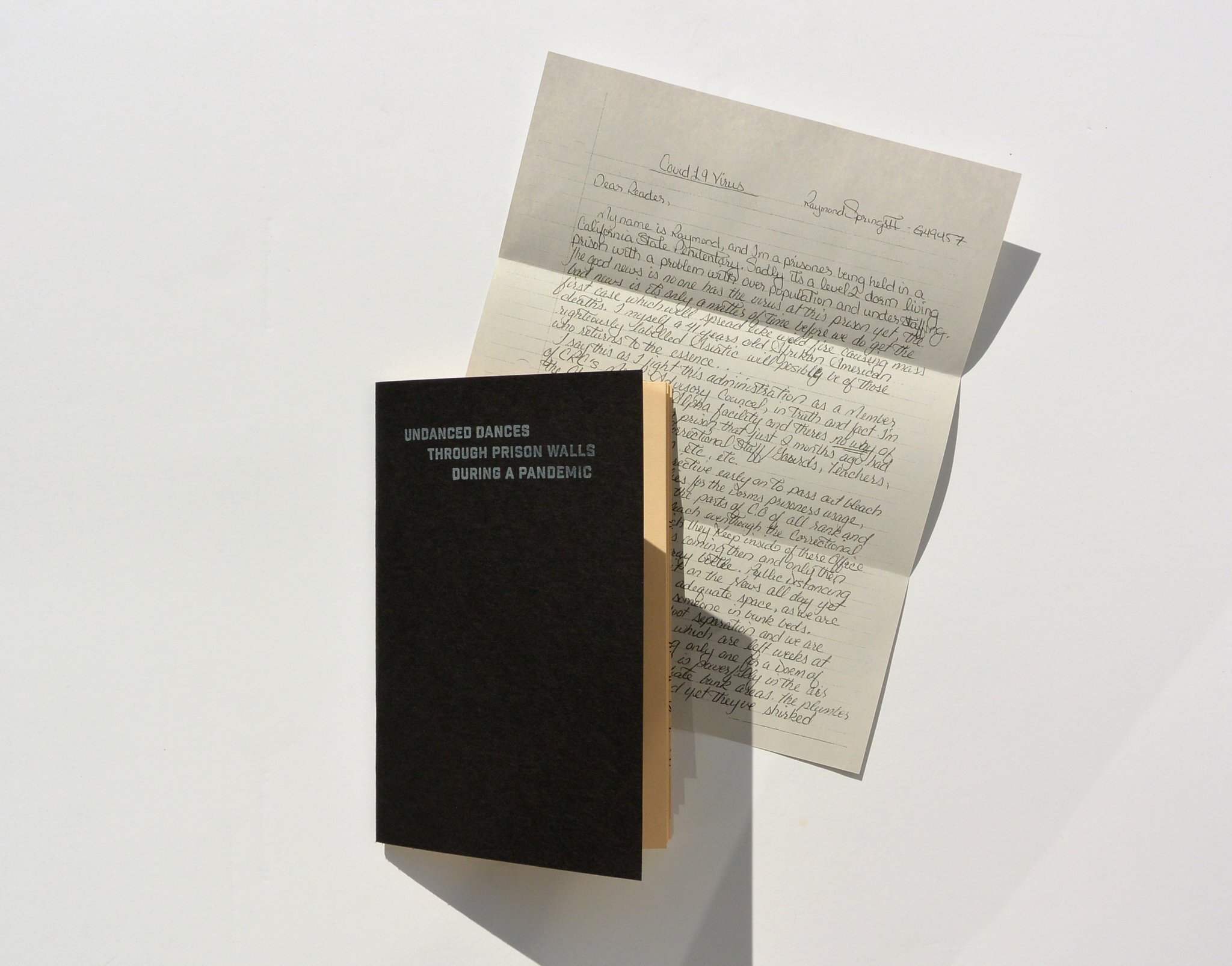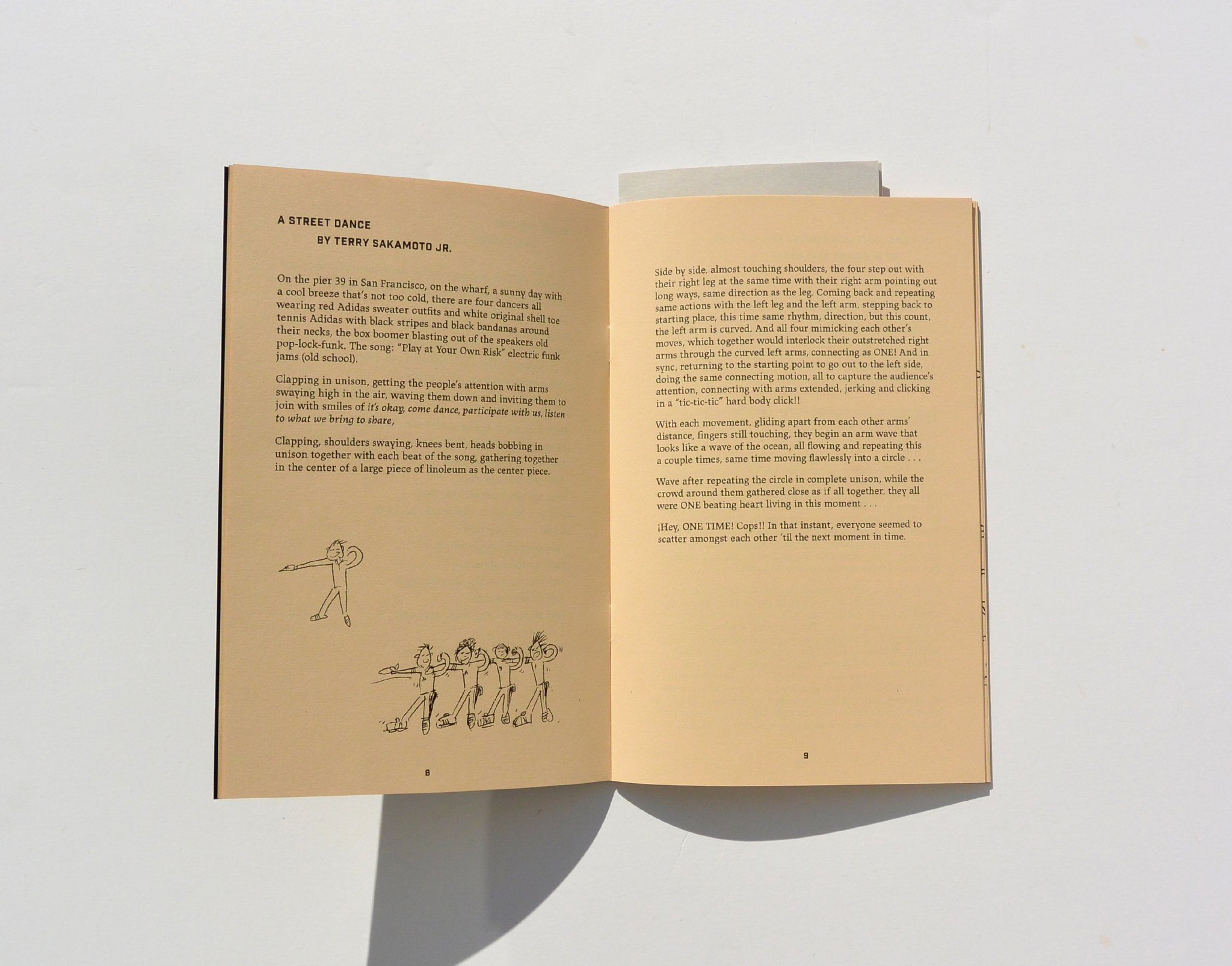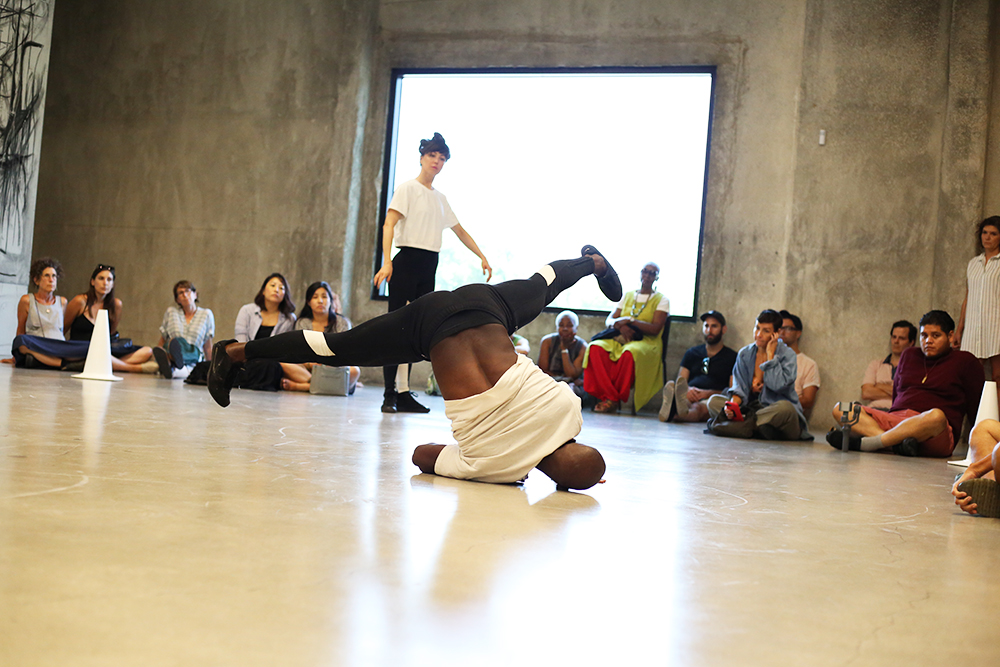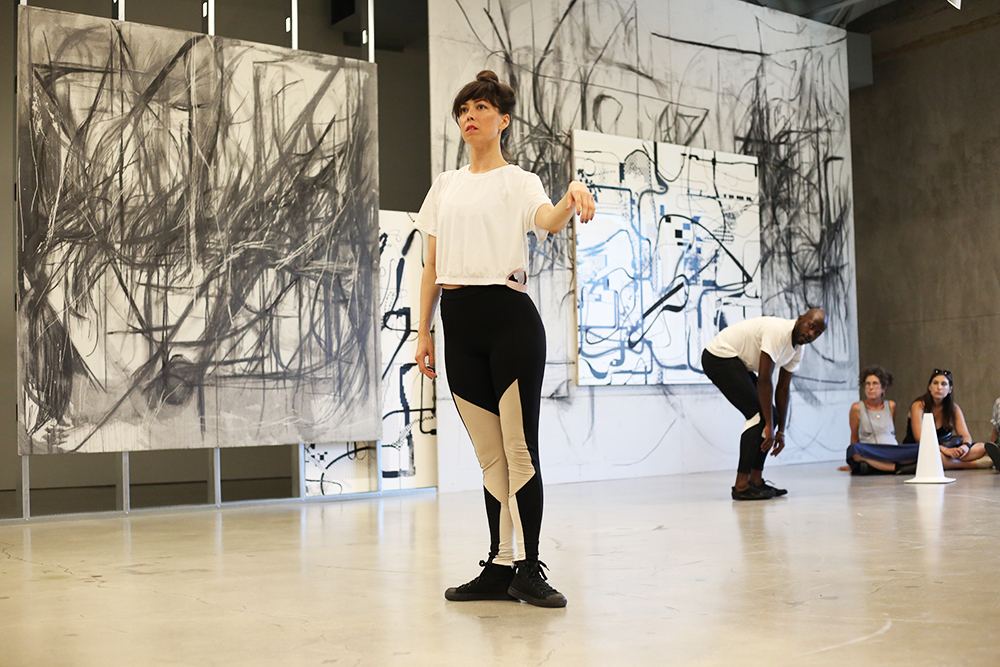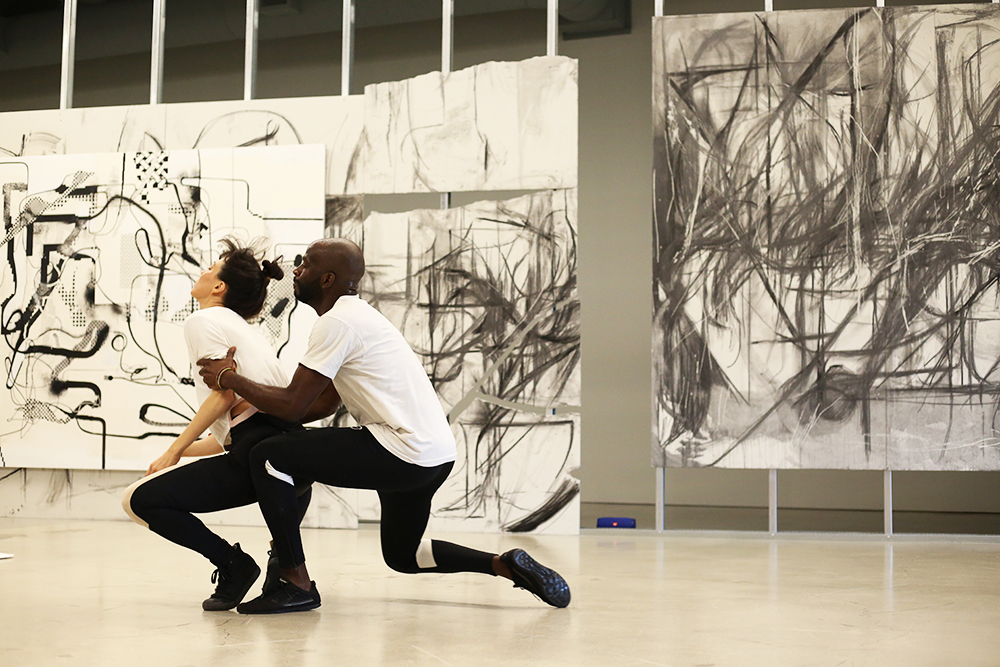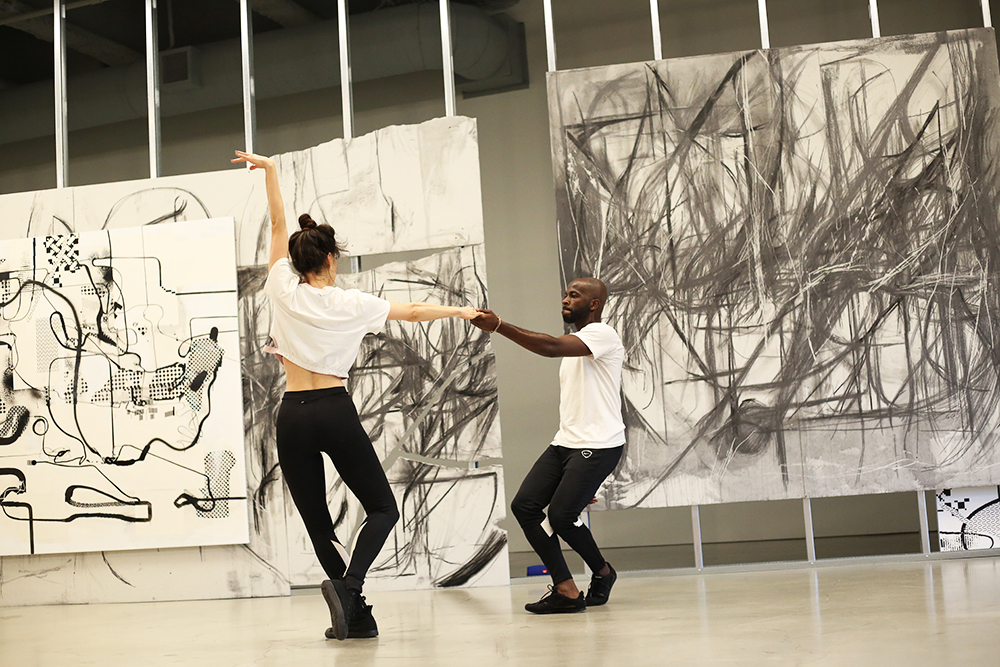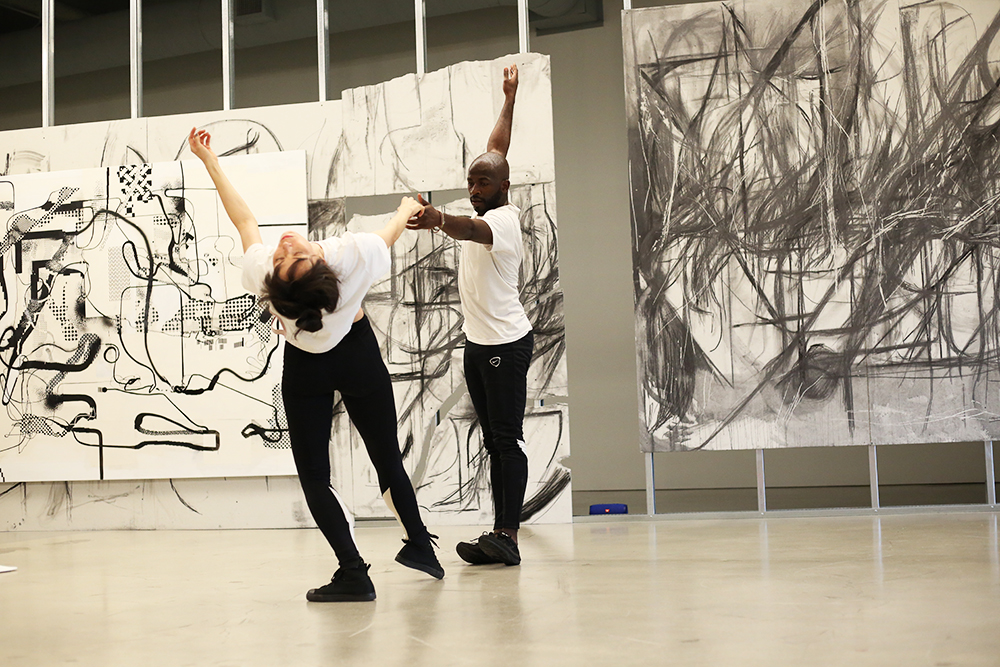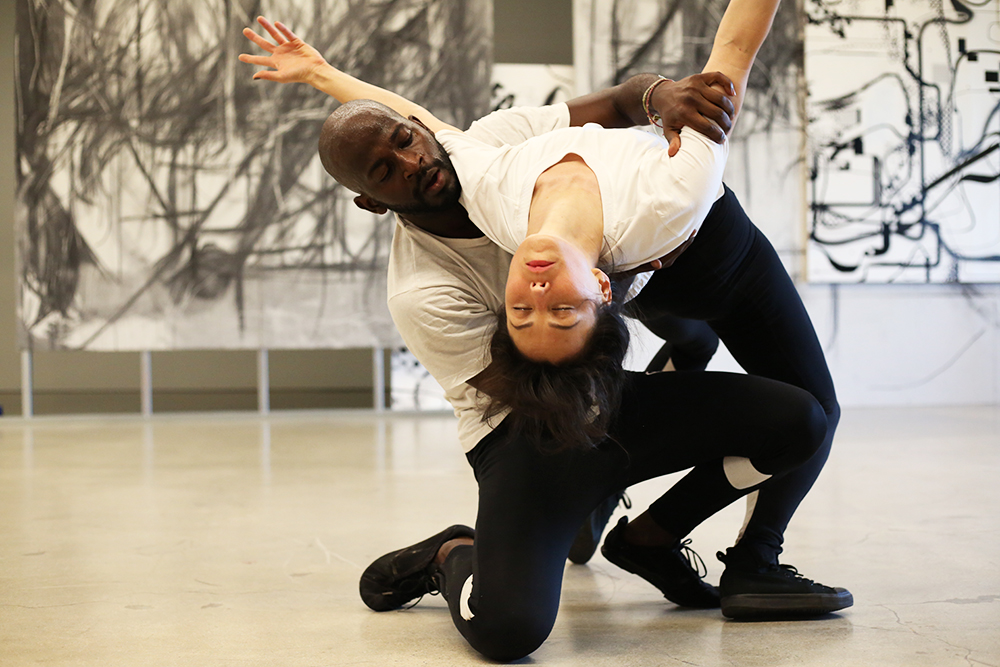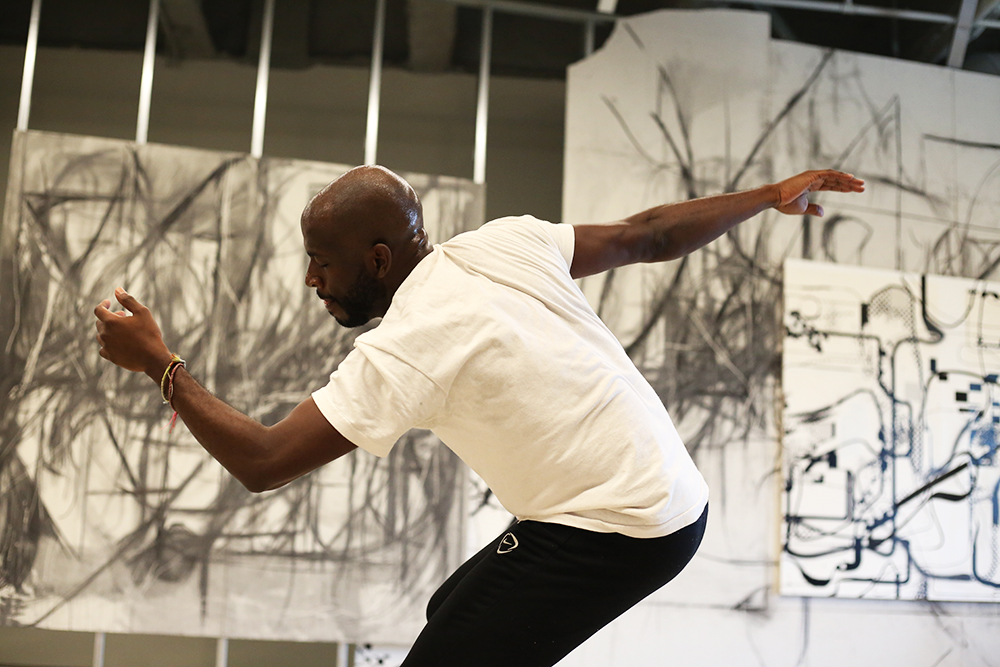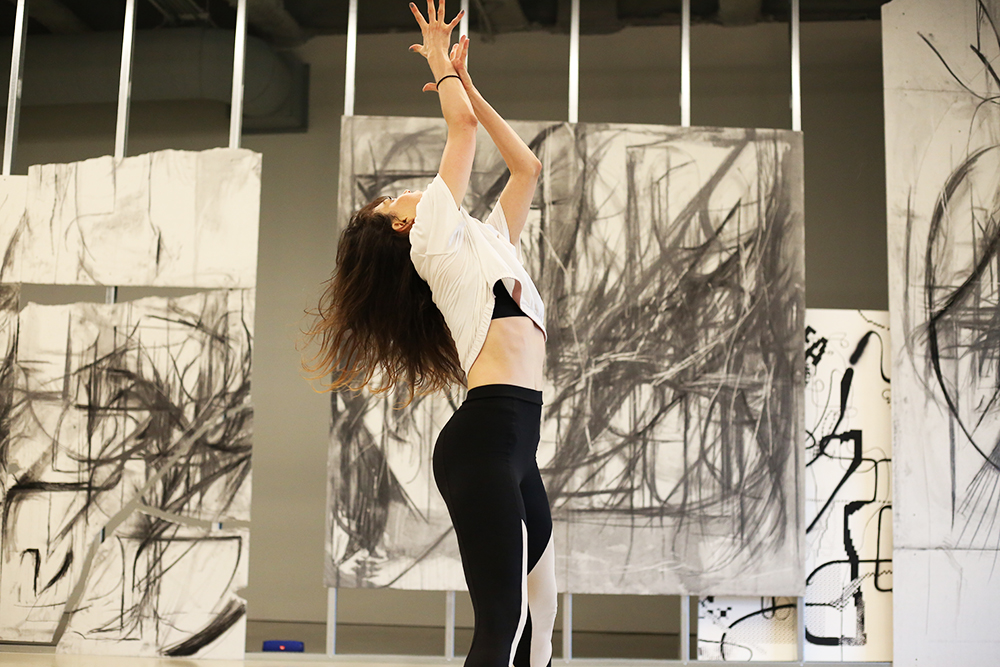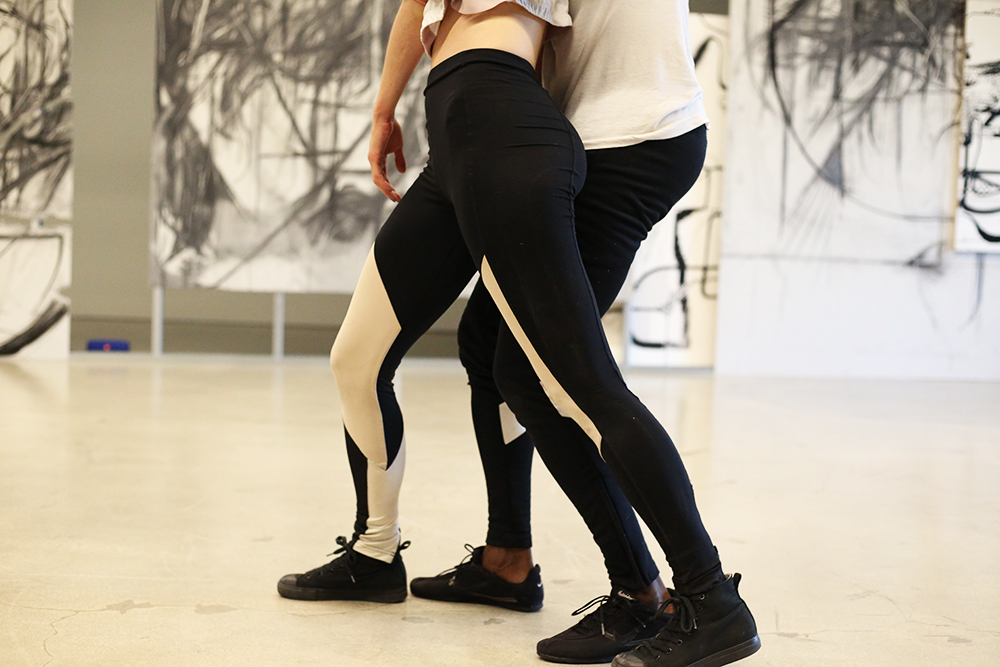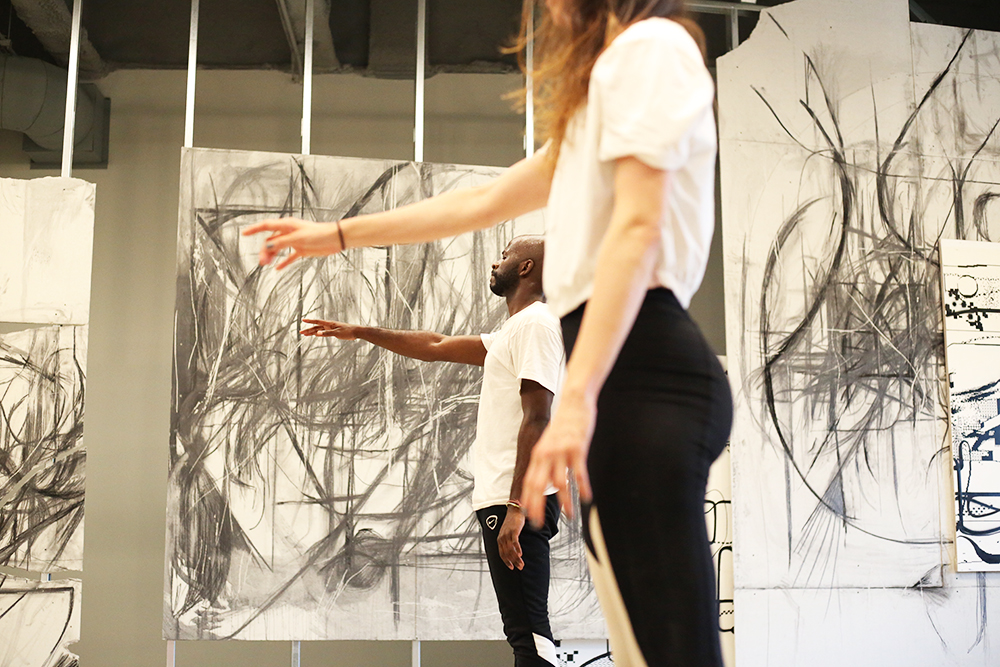text by Lara Monro
This weekend GöteborgsOperans Danskompani presented Skid and SAABA, the works of internationally acclaimed choreographers Damien Jalet and Sharon Eyal, at London’s Sadlers Wells. Both performances push the limits of contemporary dance through their daringly experimental approaches.
Jalet’s Skid was first performed in 2017 at Gothenburg’s opera house. In 2019, it was named “Work of the Year” by the critical collective “Danse avec la Plume.” Its fitting title alludes to the relentless effort that the seventeen dancers endure to stay on the 34-degree tilted stage designed by New York artists Jim Hodges and Carlos Marques da Cruz.
This experimental choreography is inspired by the laws of gravity, which forces the dancers to both struggle against and surrender to its natural forces. One by one, the dancers emerge over the top of the stage, which they slip and slide down before falling into the dark void at the bottom. More often than not, it is unclear as to whether they are improvising, carrying out a choreographed movement, or in the midst of losing their grip. Jalet creates a landscape of endless possibilities that is both moving and slapstick. The dancers, adorned in playful and multi-functional costumes by fashion designer Jean-Paul Lespagnard, are in an exhausting dialogue with the inhospitable terrain. Split into three sections, the first is a gentle introduction to the dancers and their graceful attempts at navigating their descent. The second is more dramatic as they challenge gravity by ascending the stage; showing off their physical strength and agility in unified choreography. In the final piece, a solitary figure appears, suspended in a beige sack—alluding to an amniotic sack or a perhaps a big pair of tights—and breaks free from their clothes and the womb-like space. Spectacularly framed by the harsh white lighting, the naked body walks slowly to the top of the stage and jumps off into what we can interpret as the precipice of the universe.
GöteborgsOperans Danskompani, SAABA by Sharon Eyal, image credit Tilo Stengel
It’s safe to say the best performance was saved for last. Eyal’s distinct style is effortlessly carried off by the hypnotic dancers in SAABA who spend most of the performance on demi-pointe, pulsating power. Each contorted movement exaggerates Eyal’s uncomfortable, abstract, and totally unique language. The androgynous body suits, made by Dior designer Maria Grazia Chiuri, leave little to the imagination. We are left in awe as we observe the capabilities of the human body when pushed to its physical limits. There is an alien-like quality in the way the dancers carry themselves; an unnerving beauty as each and every muscle throbs and protrudes. Their wild, jarring movements prompt a visceral reaction. You are in awe and repulsed all at once. Favoring unison, Eyal keeps her dancers connected, or at least in close proximity to one another for the duration of the performance. Yet, they manage to maintain their individual conviction and sass throughout.
GöteborgsOperans Danskompani, SAABA by Sharon Eyal, image credit Tilo Stengel








